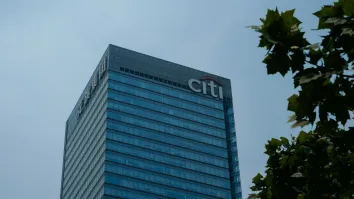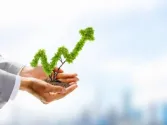
Banks urged to expand focus to transition finance for zero-carbon future
Up to a US$17t annual funding gap exists.
Sustainable lending becoming the ‘norm’ will mark the time when financial institutions (FIs) true transition to the net zero path is realized.
“The true transition is realized when sustainable lending becomes ‘business as usual’ and delivers real economic decarbonization impacts. Applying a sustainability-first approach will likely be the game-changer on the journey to net zero,” KPMG said in its report “Sustainable finance revolution: How banks can profit from sustainable growth,” published in January 2025.
It is estimated that a US$14t to US$17t annual funding gap exists in the move for a zero-carbon future, according to a 2024 report by Force for Good.
This is where banks come in.
“We still see a lot of profitable lending concentrated in legacy, high-carbon industries,” said KPMG’s Richard Bernau, lead of ESG for global banking & capital markets; Martine Botha, global sector executive for ESG financial services; and Monika Dangova, associate director for climate risk & strategy at KPMG UK.
The authors said that banks can design and develop new and innovative lending arrangements through transition finance, and adaptation finance as a pathway to reduce portfolio emissions.
Banks should also expand their sustainable finance focus from just ‘green’ project financing.
“It is becoming increasingly crucial to finance the decarbonization of high-emission sectors and to support the phase-out of carbon-intensive assets, otherwise known as transition finance. This approach not only addresses urgent environmental needs but can also expand the commercial opportunities available to financiers,” the authors wrote.
Transition finance in particular offers US$98t in boost to the global economy.
Financing and supporting the decarbonization of high-emitting sectors such as heavy industrial sectors, transport, energy, agriculture, and the built environment, can help banks contribute to job creation, health and wellbeing, and other social and environmental benefits.
Having the right risk assessments in regard to climate change is also important. A 2015 report by the Economist Intelligence Unit, estimates that the economic loss of climate inaction could cost up to US$43t.
“What is needed is a significant, perhaps unprecedented shift of mindset, that requires a corresponding rewiring of how banks think about finance and lending,” Brenau said.
Early adopters will benefit most.
In 2023, investors saw better returns from sustainable funds than traditional funds across all major asset classes and regions, said KPMG, citing data from Bloomberg Professional Services.
The issue of impact bonds (including green, social, sustainability and sustainability linked bonds) totaled US$939b during the year.



















 Advertise
Advertise







